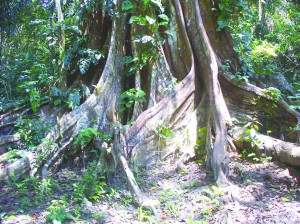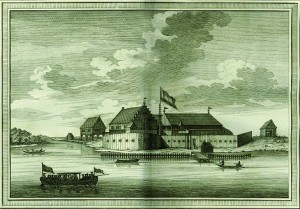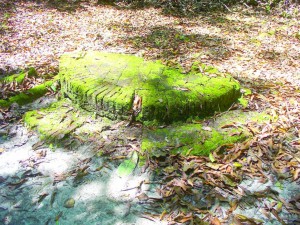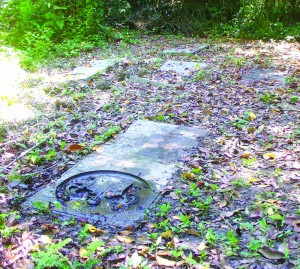Once the capital of the Dutch colony of Berbice, Fort Nassau is now a 17th century ruin of a seat of government, which is now also known as the base from which the famous 1763 rebellion had its origins.
Built by Abraham Van Pere, a Dutch merchant, in 1697 on the eastern bank of the Berbice River, and now upstream of New Amsterdam, Fort Nassau was constructed mainly of wood, and surrounded by strong fences made from tall, pointed posts that are called palisades. Today, only the foundations of these interior structures remain; these include the soldiers’ barracks, the main building, which housed the higher-ranked authorities, and a redoubt. There are also grave plots and a church. Some suggest that there is also the “talking tree” of Fort Nassau, which is purported to have been used to send messages during the 1763 rebellion.
The original fort was burnt by the French in 1712, but it was rebuilt by the Dutch. It was destroyed by order of Governor Van Hoogenheim in 1763 to prevent its capture by the rebelling slaves. The fort was eventually abandoned by 1785, and the new settlement, named Fort St. Andries, was created downstream. This new settlement eventually became the town of New Amsterdam, as it is known today.








Comments are closed.